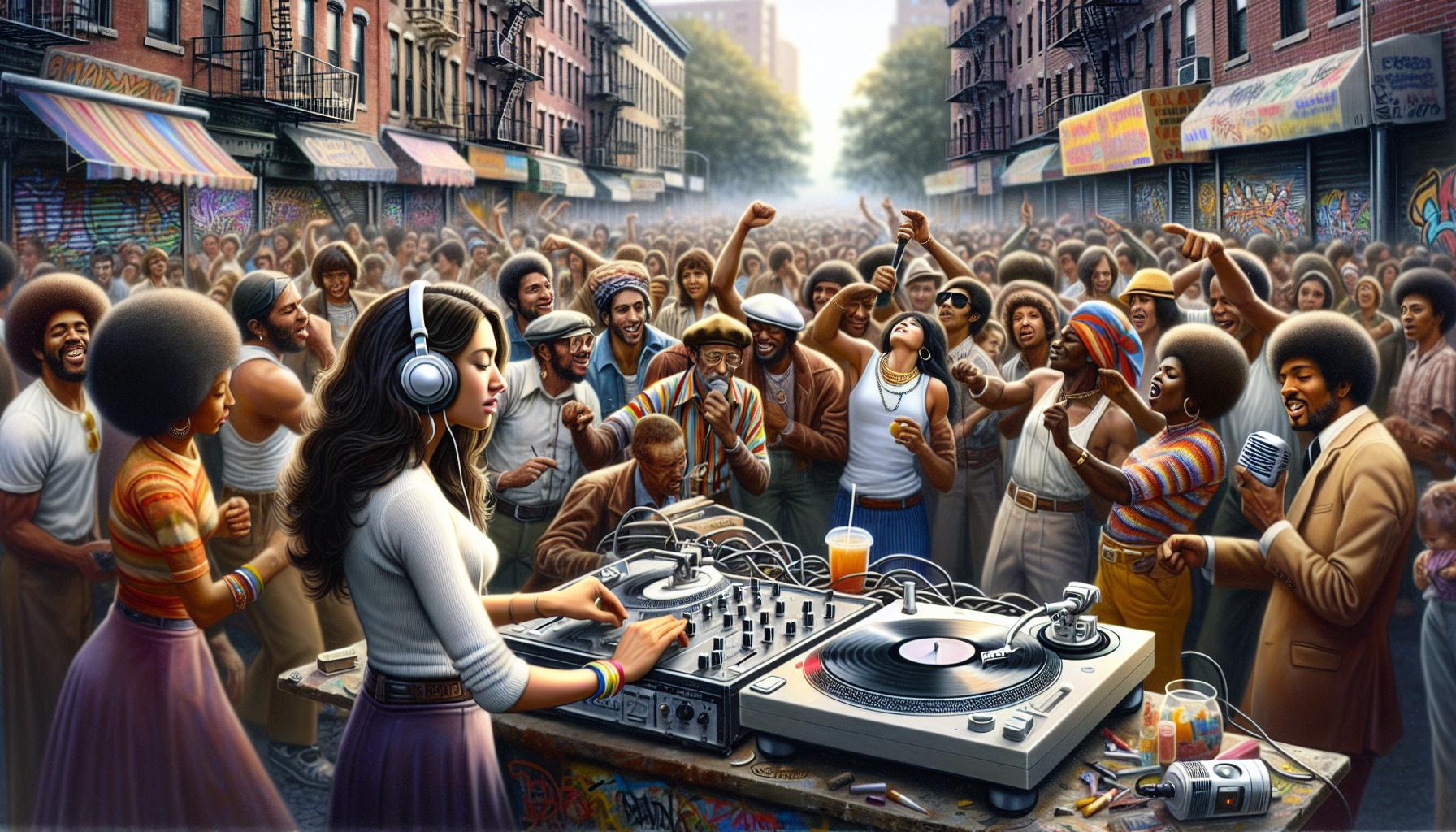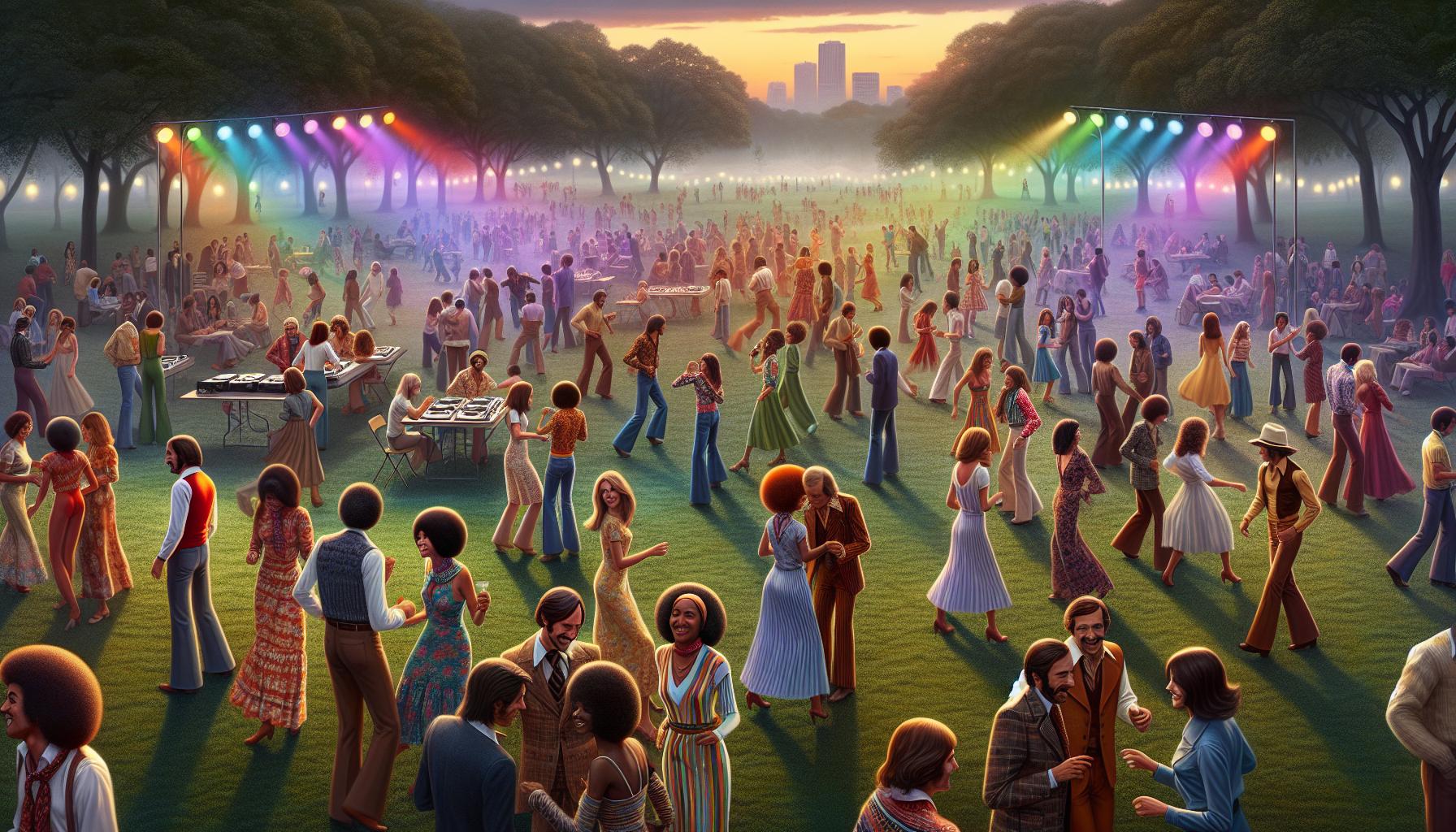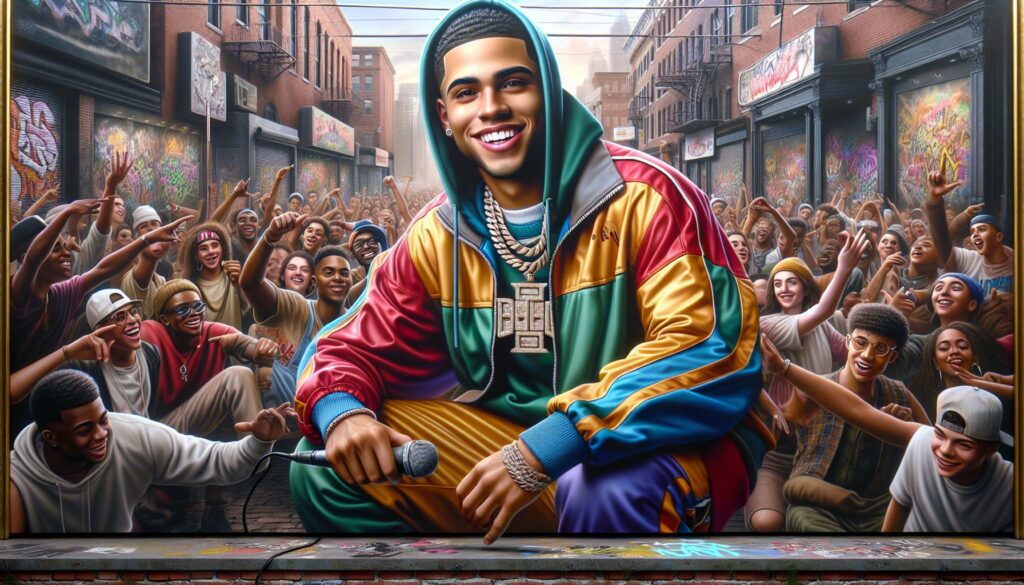When I think about the roots of hip-hop, it’s fascinating to consider how one song can spark a cultural revolution. The first-ever rap song not only laid the groundwork for a genre but also transformed the music landscape forever. It’s a blend of rhythm and poetry that captured the spirit of a generation and gave voice to stories that had long been overlooked. Exploring this pivotal moment in music history reveals the creativity and innovation that fueled the rise of rap. From its humble beginnings to its explosive growth, understanding the origins of rap helps me appreciate the artistry and impact it continues to have today. Whether you’re a die-hard fan or just curious about its beginnings, diving into the story of the first rap song is sure to inspire.
- Origins of Rap: The first-ever rap song, “Rapper’s Delight,” emerged in 1979 by the Sugarhill Gang, marking the beginning of rap music’s mainstream presence.
- Cultural Influence: “Rapper’s Delight” combined rhythm and storytelling, capturing the essence of street culture and giving a voice to marginalized communities.
- Musical Innovation: The song blended disco and funk elements, using a catchy bassline and engaging structure that made it appealing to diverse audiences.
- Commercial Success: The track sold over 2 million copies in the United States, paving the way for future hip-hop artists and legitimizing the genre in popular music.
- Impact on Future Artists: Its success inspired a generation of artists and led to significant investment in hip-hop, fostering innovation in lyrical and musical styles.
- Legacy: “Rapper’s Delight” reshaped social dynamics, influenced fashion and language, and continues to be a reference point in contemporary rap music.
First Ever Rap Song
The first-ever rap song, “Rapper’s Delight,” emerged in 1979 by the Sugarhill Gang. This groundbreaking track revolutionized music, showcasing a fusion of rhythmic speaking and catchy beats. “Rapper’s Delight” featured a playful style and clever wordplay that resonated with audiences, capturing the essence of street culture.
“Rapper’s Delight” gained immense popularity, reaching the top of the charts and selling over 2 million copies in the United States. Its widespread success opened doors for future hip-hop artists and established rap as a legitimate genre.
The song’s production utilized elements of disco and funk, drawing from popular tracks like Chic’s “Good Times.” This innovative approach not only showcased the genre’s versatility but also created a new sound that appealed to diverse audiences.
By combining storytelling and rhythm, “Rapper’s Delight” laid the foundation for a cultural movement. It highlighted the experiences and perspectives of marginalized voices, paving the way for future artists to share their stories through rap. Understanding this song’s significance enriches appreciation for the genre’s impact on music and society.
Historical Context

The emergence of rap music stems from a rich, multifaceted history that reflects cultural movements and societal changes. Understanding these factors provides insight into the significance of “Rapper’s Delight” and its lasting impact on music.
The Origins Of Rap Music
Rap music traces its roots to African American oral traditions, where storytelling and rhythmic speech played crucial roles. In the 1970s, DJs in New York City began to mix beats, creating a foundation for MCs to showcase their lyrical talent. This fusion of music and poetry birthed a form of expression that highlighted experiences from urban life. Influenced by elements such as funk, soul, and disco, the genre developed a distinct sound that resonated with marginalized communities.
Influential Artists Before The First Rap Song
Several artists helped lay the groundwork for rap music before the release of “Rapper’s Delight.” Key figures include:
- DJ Kool Herc: Pioneering hip-hop, DJ Kool Herc introduced breakbeat mixing at block parties, allowing MCs to engage audiences with rhythm and rhyme.
- Grandmaster Flash: Known for his innovative techniques, Grandmaster Flash pushed the boundaries of DJing and MCing, crafting intricate beats that defined early hip-hop.
- The Last Poets: This group incorporated spoken word and political commentary into their performances, influencing the lyrical depth of future rap artists.
- Gil Scott-Heron: Blending poetry and music, Scott-Heron addressed socio-political issues, inspiring those who followed by showing the power of lyrics.
These artists contributed significantly, shaping the genre that transformed with “Rapper’s Delight” and paved the way for hip-hop’s evolution.
Analysis Of The First Ever Rap Song

“Rapper’s Delight” serves as a critical turning point in music history. Its catchy hooks and engaging rhythms captured the attention of millions, marking the rap genre’s official entrance into mainstream culture.
Lyrical Themes And Structure
The lyrics of “Rapper’s Delight” display an array of themes. Creativity plays a significant role, as the song features playful storytelling, humor, and boastful elements. MCs incorporate personal anecdotes and societal observations that resonate with listeners. The structure is essential, consisting of repetitive verses and an infectious chorus designed for listener participation. This format encourages engagement, creating a dynamic experience during live performances.
Rhyming patterns and wordplay contribute to the song’s appeal. Each verse showcases clever punchlines, allowing MCs to display their lyrical abilities. Thematically, the song bridges daily life and aspiration, presenting a narrative that uplifts and entertains.
Musical Style And Production
“Rapper’s Delight” encapsulates a unique musical style that blends disco and funk elements. The catchy bassline and upbeat tempo create an inviting atmosphere, appealing to a broad audience. The track uses a repetitive musical loop, allowing lyrics to take center stage.
Production techniques reflect innovative practices of the time, as the Sugarhill Gang utilized existing instrumental samples to craft a new sound. Skilled producers combined live instrumentation with pre-recorded tracks, enhancing the overall texture of the song. This fusion of styles not only paved the way for future rap productions but also established a blueprint for artists incorporating diverse musical influences into their work.
Cultural Impact

“Rapper’s Delight” set the stage for a cultural phenomenon that transcended music, influencing fashion, language, and social dynamics. Its legacy endures, reshaping artistic expression across various platforms.
Reception By The Public
“Rapper’s Delight” captured immediate attention, with audiences drawn to its infectious beat and relatable lyrics. Upon its release in 1979, the song rapidly ascended the charts, peaking at number 36 on the Billboard Hot 100. With over 2 million copies sold in the United States, it became one of the first rap songs to achieve commercial success. Audiences embraced its upbeat energy, leading to spins at parties, clubs, and gatherings, effectively cementing its place in popular culture. Its playful tone resonated with listeners, making rap music accessible to a broader demographic and laying the groundwork for its acceptance in mainstream music.
Influence On Future Generations Of Artists
“Rapper’s Delight” significantly influenced future generations, inspiring countless artists to explore rap as a viable form of musical expression. Its success prompted record labels to invest in hip-hop, leading to the emergence of prominent artists like Run-D.M.C., LL Cool J, and the Beastie Boys in the 1980s. The song’s structure and lyrical approach encouraged aspiring MCs to experiment with storytelling and wordplay, fostering innovation in the genre. Additionally, its fusion of musical elements showcased the potential for collaboration between hip-hop and other genres, inspiring artists to incorporate various influences, from jazz to rock. This legacy continues, as contemporary artists draw from the stylistic elements established by “Rapper’s Delight,” demonstrating the track’s enduring impact on rap music and culture.
The legacy of “Rapper’s Delight” goes far beyond its catchy beats and playful lyrics. It opened the doors for a genre that gives voice to countless stories and experiences. I find it fascinating how this song not only transformed music but also influenced fashion and language, creating a cultural phenomenon.
As I reflect on its impact, I see how it paved the way for future artists to explore their creativity through rap. The innovation sparked by this track continues to resonate today, inspiring a new generation of musicians. “Rapper’s Delight” truly is a cornerstone of hip-hop history, reminding us of the power of rhythm and storytelling in shaping culture.

